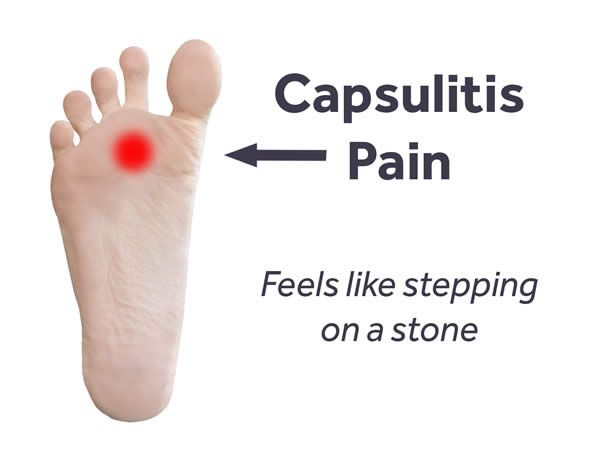Black Spots on the Bottom of Feet: What Are Dark Spots on Bottom or Top of Feet?
What are the causes of dark or black spots on the bottom or top of feet? Learn about the symptoms, diagnosis, and treatment of tinea nigra, a rare fungal infection that can lead to these skin discolorations.
Understanding Tinea Nigra Infections
Tinea nigra is a very rare fungal infection that can cause brown or black patches to develop on the soles of the feet, the palms of the hands, or even the torso. The condition is caused by a type of yeast called Hortaea werneckii, which can enter the body through a small wound or break in the skin.
Common Symptoms of Tinea Nigra
The most common symptoms of tinea nigra include:
- A single, slowly growing patch on the foot or hand following an injury
- Patches that are round, linear, or irregularly shaped
- Patches that may cause no symptoms or mild itching
- Patches that resemble a growing mole or freckle
- A slowly growing brown patch on the torso
Tinea nigra is more likely to affect young people under the age of 20 and those who live in or have recently traveled to tropical regions.

Causes and Risk Factors of Tinea Nigra
Tinea nigra is caused by the fungus Hortaea werneckii, which thrives in moist, humid environments and can enter the body through a wound or break in the skin. Certain risk factors can increase the likelihood of developing this infection, including:
- Living in or recently traveling to a tropical or subtropical region
- A history of hyperhidrosis (excessive sweating)
- Recent injury or contact with soil, compost, or wood in a tropical/subtropical region
Diagnosing Tinea Nigra
Diagnosing tinea nigra can be challenging, as the symptoms may resemble other skin conditions. To diagnose the infection, a doctor will typically:
- Ask about the individual’s recent travel, injury history, and exposure to wood, compost, or soil
- Take a culture of the skin and send it to a lab to test for the presence of Hortaea werneckii
- In some cases, perform a skin biopsy to rule out skin cancer, as certain types can look similar to tinea nigra
Treatment Options for Tinea Nigra
There are a few treatment options for tinea nigra:
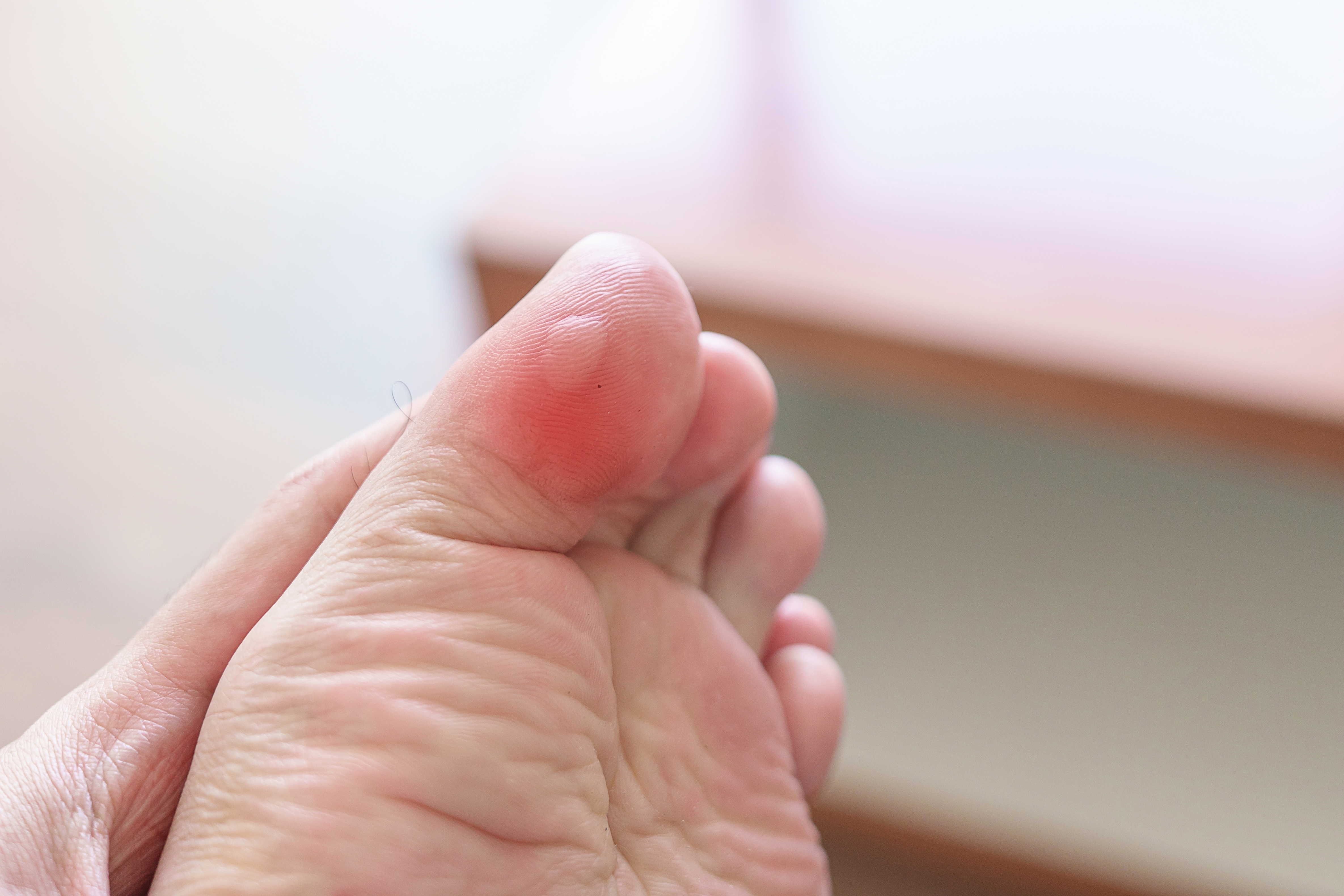
- Home remedies: Keratolytic agents like wart creams, salicylic acid, or Whitfield’s ointment may help remove excess skin, but these are not recommended for pregnant women.
- Topical antifungal creams: Doctors typically prescribe these as the first line of treatment, with patients applying the cream directly to the affected area.
- Oral antifungal medications: In some cases, especially if the lesions are large or topical creams have not worked, a doctor may prescribe oral antifungal drugs, though their effectiveness is not well-established.
The optimal treatment duration is not clear, but one study suggests that 1 month of treatment may be sufficient.
Preventing Tinea Nigra Infections
To reduce the risk of tinea nigra infections, it’s important to protect the skin from exposure to soil, compost, and other materials where the Hortaea werneckii fungus can thrive. Strategies include:
- Practicing frequent handwashing, especially after spending time outdoors
- Wearing gloves or other protective gear when gardening or working with wood
- Avoiding walking outside with bare feet
- Wearing socks or shoes in public places
- Changing socks frequently, especially if they become damp
These precautions are especially important for those living in or visiting tropical regions, where tinea nigra is more common.

Differentiating Tinea Nigra from Other Skin Conditions
While tinea nigra can be easily mistaken for other skin conditions, it is important to get an accurate diagnosis to ensure proper treatment. The doctor may need to rule out skin cancer or other fungal infections that can cause similar discoloration on the skin.
Conclusion
Tinea nigra is a rare fungal infection that can cause brown or black patches on the soles of the feet, palms of the hands, or even the torso. Understanding the symptoms, causes, and treatment options for this condition can help individuals seek the appropriate medical care and take steps to prevent future infections, especially in tropical or subtropical regions.
Tinea nigra: Diagnosis, treatment, and remedies
Tinea nigra is a very rare fungal infection. It causes brown or black patches to develop on the soles of the feet, the palms of the hand, or, on rare occasions, the torso.
A type of yeast called Hortaea werneckii causes most tinea nigra infections. A person can get the infection when the yeast gets into their body, often through a small wound.
Keep reading to learn more about a tinea nigra infection, including the symptoms, diagnosis, and treatment options.
Tinea nigra causes brown or black patches to appear on the soles of the feet or the palms of the hand. The patches may be so small and faint that a person does not notice them. They also tend to grow slowly. The most common symptoms include:
- a patch on the foot or hand following an injury
- a single round, linear, or irregularly shaped patch that grows slowly
- growing patches that either cause no symptoms or itch
- patches that resemble a growing mole or freckle
- a slow growing brown patch on the torso
The infection affects people who live in tropical regions and those who have recently traveled to these areas.
Most people with tinea nigra have just one lesion. However, if the fungus comes into contact with multiple points of entry, such as wounds on both hands, a person may have several patches.
In healthy people, tinea nigra lives only on the superficial layers of the skin. It does not spread, cause serious infections, or present major health risks. It is more likely to affect young people under the age of 20 years.
Tinea nigra is a fungal infection, which means that a person gets it when they come into contact with a fungus that can cause the infection.
Scientists used to call Hortaea werneckii either Cladosporium werneckii, Exophiala werneckii, or Phaeoannellomyces werneckii. Another yeast called Stenella araguata may cause some cases of tinea nigra.
As with many other fungi, Hortaea werneckii thrives in moist or humid environments. It lives on dead and decaying organic material, such as soil and wood. It can get into the human body when it comes into contact with the skin, usually through a wound.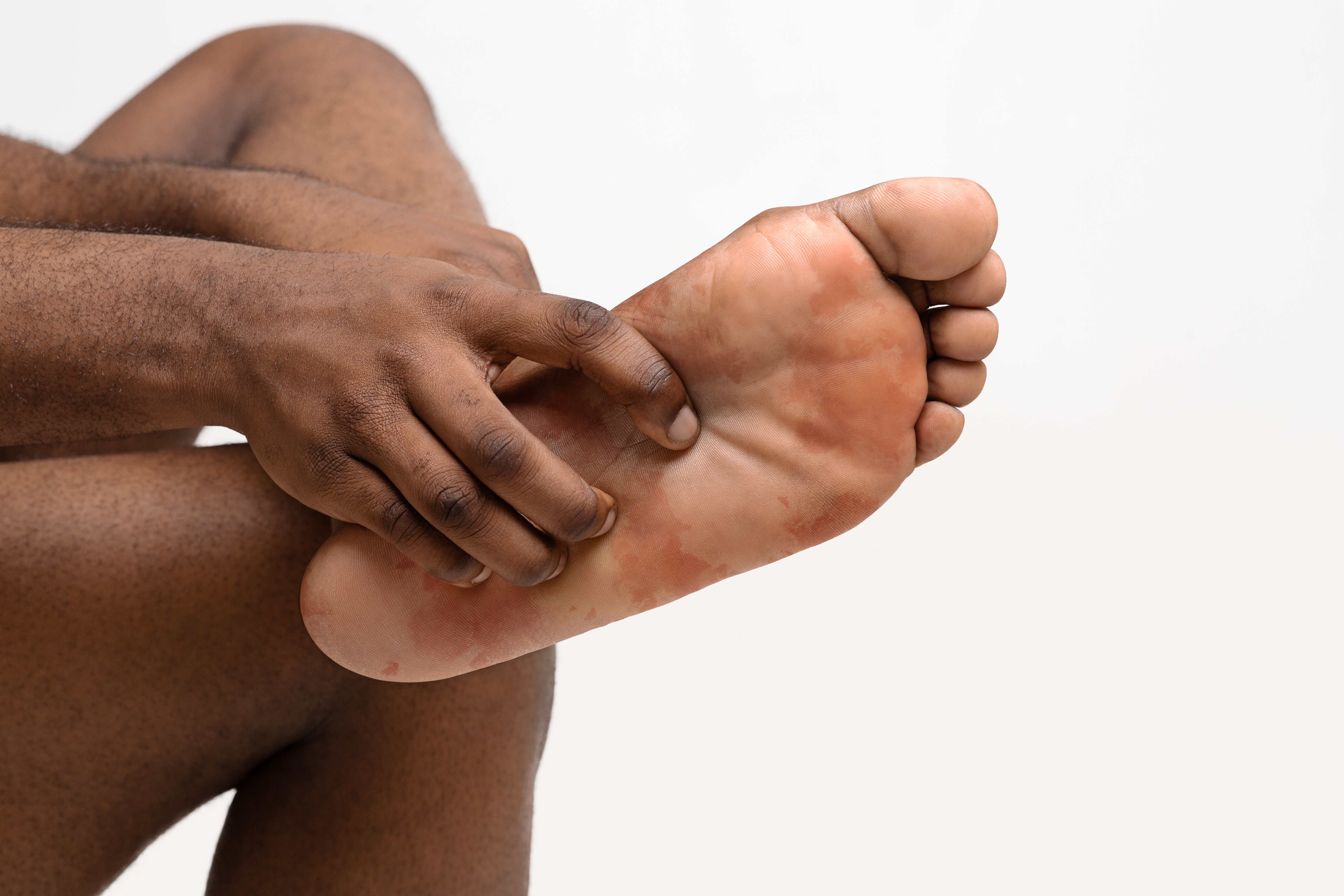 It is most likely to live on parts of the body with many sweat glands, such as the hands and feet.
It is most likely to live on parts of the body with many sweat glands, such as the hands and feet.
Certain risk factors increase a person’s likelihood of developing this infection. They include:
- living in a tropical or subtropical region
- recent travel to a subtropical or tropical region
- a history of hyperhidrosis, a condition that causes excessive sweating
- a recent injury
- contact with wood, soil, or compost, such as from gardening without gloves or woodworking in a tropical or subtropical region
In many cases, a person’s symptoms may lead a doctor to suspect tinea nigra. However, as tinea nigra can resemble the symptoms of several other conditions, it is important to get an accurate diagnosis.
The doctor may ask the individual about their recent travel, injury history, and exposure to wood, compost, or soil. They will also usually take a culture of the skin and send it to a lab to see whether Hortaea werneckii grows within a week. If it does, this means that the test is positive for tinea nigra.
If it does, this means that the test is positive for tinea nigra.
Sometimes, a doctor may also perform a skin biopsy to test for skin cancer, as certain types of skin cancer can look similar to tinea nigra.
People who wish to try home remedies may see improvements with keratolytic agents. A keratolytic is a chemical that helps remove excess skin. Some potentially effective keratolytics include:
- wart cream
- salicylic acid
- Whitfield’s ointment
These drugs may not be safe during pregnancy, so women who are pregnant or trying to become pregnant should see a doctor instead of trying home remedies.
If home treatment fails, it is best to see a doctor. There are other possible causes of brown lesions on the skin.
Doctors usually prescribe topical antifungal creams to treat tinea nigra. People should apply the cream directly to the patch exactly as a doctor advises.
In some cases, a person may also need to take oral antifungal drugs, especially if the lesions are very large or if antifungal creams have not worked. However, oral drugs may not be effective.
However, oral drugs may not be effective.
Doctors do not know what treatment duration is optimal, but the authors of one report suggest that 1 month of treatment is sufficient.
People can reduce the risk of tinea nigra infections by protecting the skin from exposure to soil, compost, and other materials in which the Hortaea werneckii fungus likes to grow. Following this advice is especially important for people who travel to or live in tropical regions.
These strategies can help:
- practicing frequent handwashing, especially after spending time outside
- wearing gloves or other protective gear in the garden
- refraining from walking outside with bare feet
- wearing socks or shoes in public places
- changing socks frequently, especially if they get wet
- covering any wounds on the hands or feet before spending time outside
Several other skin conditions may look similar to tinea nigra. Other fungal infections, such as athlete’s foot, may also cause skin lesions, but they are not usually brown.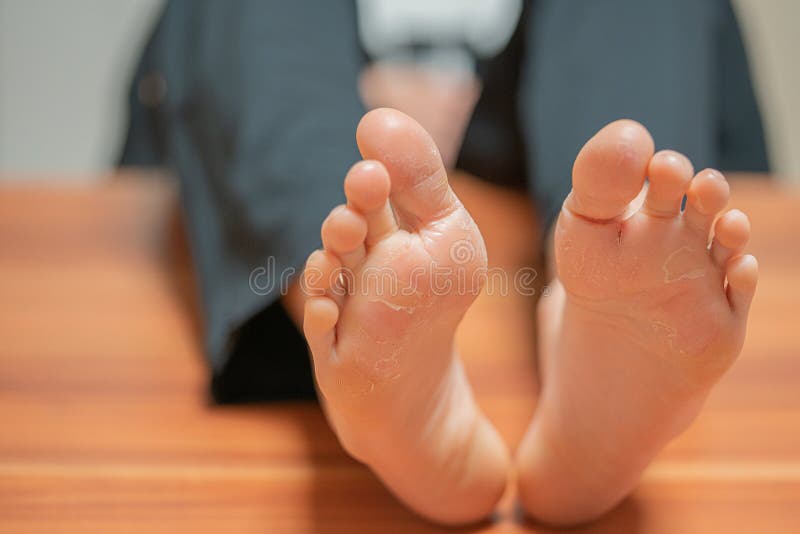
Melanoma, a type of skin cancer, can be deadly. It may also look very similar to tinea nigra in the early stages. Similarly to tinea nigra, melanoma is not typically painful at first. Therefore, people who do not get relief from home or medical treatment should see a dermatologist and request a biopsy.
Some other medical conditions and factors that may cause brown patches include:
- skin staining from henna
- skin hyperpigmentation from pregnancy or Addison’s disease
- complications of syphilis
- exposure to certain chemicals, such as silver nitrate
Tinea nigra is not a serious medical condition. Most people do not notice any symptoms other than brown spots on the skin.
However, as tinea nigra looks similar to several other conditions, it is important to see a doctor for an accurate diagnosis.
Prompt treatment can prevent serious skin-related conditions from getting worse.
Tinea nigra: Diagnosis, treatment, and remedies
Tinea nigra is a very rare fungal infection.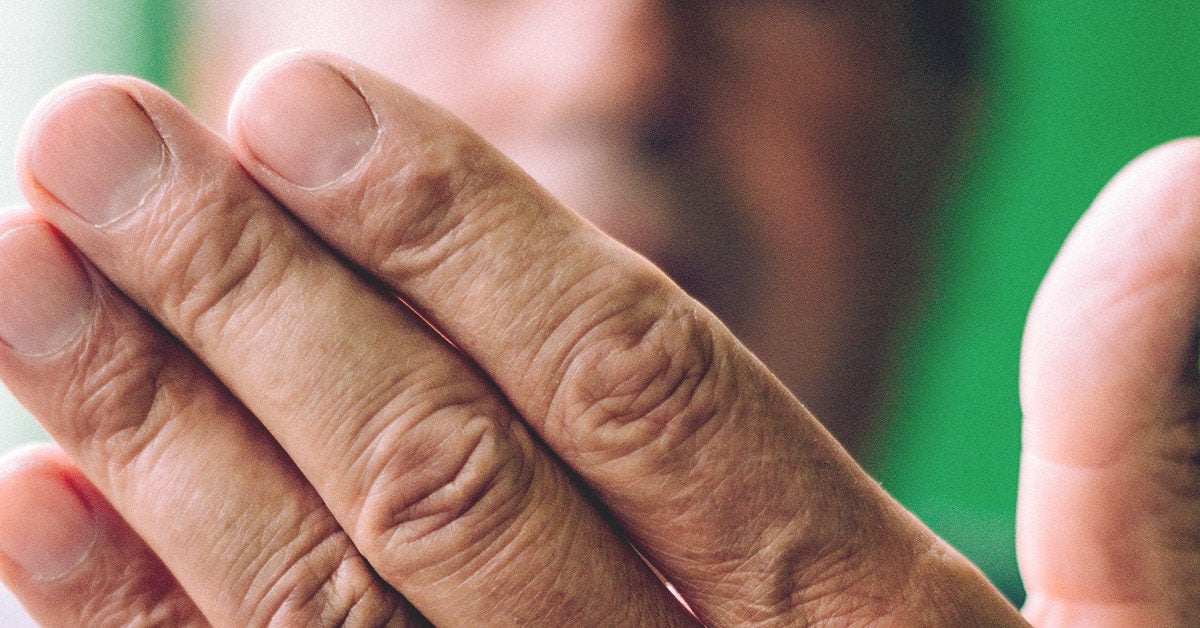 It causes brown or black patches to develop on the soles of the feet, the palms of the hand, or, on rare occasions, the torso.
It causes brown or black patches to develop on the soles of the feet, the palms of the hand, or, on rare occasions, the torso.
A type of yeast called Hortaea werneckii causes most tinea nigra infections. A person can get the infection when the yeast gets into their body, often through a small wound.
Keep reading to learn more about a tinea nigra infection, including the symptoms, diagnosis, and treatment options.
Tinea nigra causes brown or black patches to appear on the soles of the feet or the palms of the hand. The patches may be so small and faint that a person does not notice them. They also tend to grow slowly. The most common symptoms include:
- a patch on the foot or hand following an injury
- a single round, linear, or irregularly shaped patch that grows slowly
- growing patches that either cause no symptoms or itch
- patches that resemble a growing mole or freckle
- a slow growing brown patch on the torso
The infection affects people who live in tropical regions and those who have recently traveled to these areas.
Most people with tinea nigra have just one lesion. However, if the fungus comes into contact with multiple points of entry, such as wounds on both hands, a person may have several patches.
In healthy people, tinea nigra lives only on the superficial layers of the skin. It does not spread, cause serious infections, or present major health risks. It is more likely to affect young people under the age of 20 years.
Tinea nigra is a fungal infection, which means that a person gets it when they come into contact with a fungus that can cause the infection.
Scientists used to call Hortaea werneckii either Cladosporium werneckii, Exophiala werneckii, or Phaeoannellomyces werneckii. Another yeast called Stenella araguata may cause some cases of tinea nigra.
As with many other fungi, Hortaea werneckii thrives in moist or humid environments. It lives on dead and decaying organic material, such as soil and wood. It can get into the human body when it comes into contact with the skin, usually through a wound. It is most likely to live on parts of the body with many sweat glands, such as the hands and feet.
It is most likely to live on parts of the body with many sweat glands, such as the hands and feet.
Certain risk factors increase a person’s likelihood of developing this infection. They include:
- living in a tropical or subtropical region
- recent travel to a subtropical or tropical region
- a history of hyperhidrosis, a condition that causes excessive sweating
- a recent injury
- contact with wood, soil, or compost, such as from gardening without gloves or woodworking in a tropical or subtropical region
In many cases, a person’s symptoms may lead a doctor to suspect tinea nigra. However, as tinea nigra can resemble the symptoms of several other conditions, it is important to get an accurate diagnosis.
The doctor may ask the individual about their recent travel, injury history, and exposure to wood, compost, or soil. They will also usually take a culture of the skin and send it to a lab to see whether Hortaea werneckii grows within a week. If it does, this means that the test is positive for tinea nigra.
If it does, this means that the test is positive for tinea nigra.
Sometimes, a doctor may also perform a skin biopsy to test for skin cancer, as certain types of skin cancer can look similar to tinea nigra.
People who wish to try home remedies may see improvements with keratolytic agents. A keratolytic is a chemical that helps remove excess skin. Some potentially effective keratolytics include:
- wart cream
- salicylic acid
- Whitfield’s ointment
These drugs may not be safe during pregnancy, so women who are pregnant or trying to become pregnant should see a doctor instead of trying home remedies.
If home treatment fails, it is best to see a doctor. There are other possible causes of brown lesions on the skin.
Doctors usually prescribe topical antifungal creams to treat tinea nigra. People should apply the cream directly to the patch exactly as a doctor advises.
In some cases, a person may also need to take oral antifungal drugs, especially if the lesions are very large or if antifungal creams have not worked. However, oral drugs may not be effective.
However, oral drugs may not be effective.
Doctors do not know what treatment duration is optimal, but the authors of one report suggest that 1 month of treatment is sufficient.
People can reduce the risk of tinea nigra infections by protecting the skin from exposure to soil, compost, and other materials in which the Hortaea werneckii fungus likes to grow. Following this advice is especially important for people who travel to or live in tropical regions.
These strategies can help:
- practicing frequent handwashing, especially after spending time outside
- wearing gloves or other protective gear in the garden
- refraining from walking outside with bare feet
- wearing socks or shoes in public places
- changing socks frequently, especially if they get wet
- covering any wounds on the hands or feet before spending time outside
Several other skin conditions may look similar to tinea nigra. Other fungal infections, such as athlete’s foot, may also cause skin lesions, but they are not usually brown.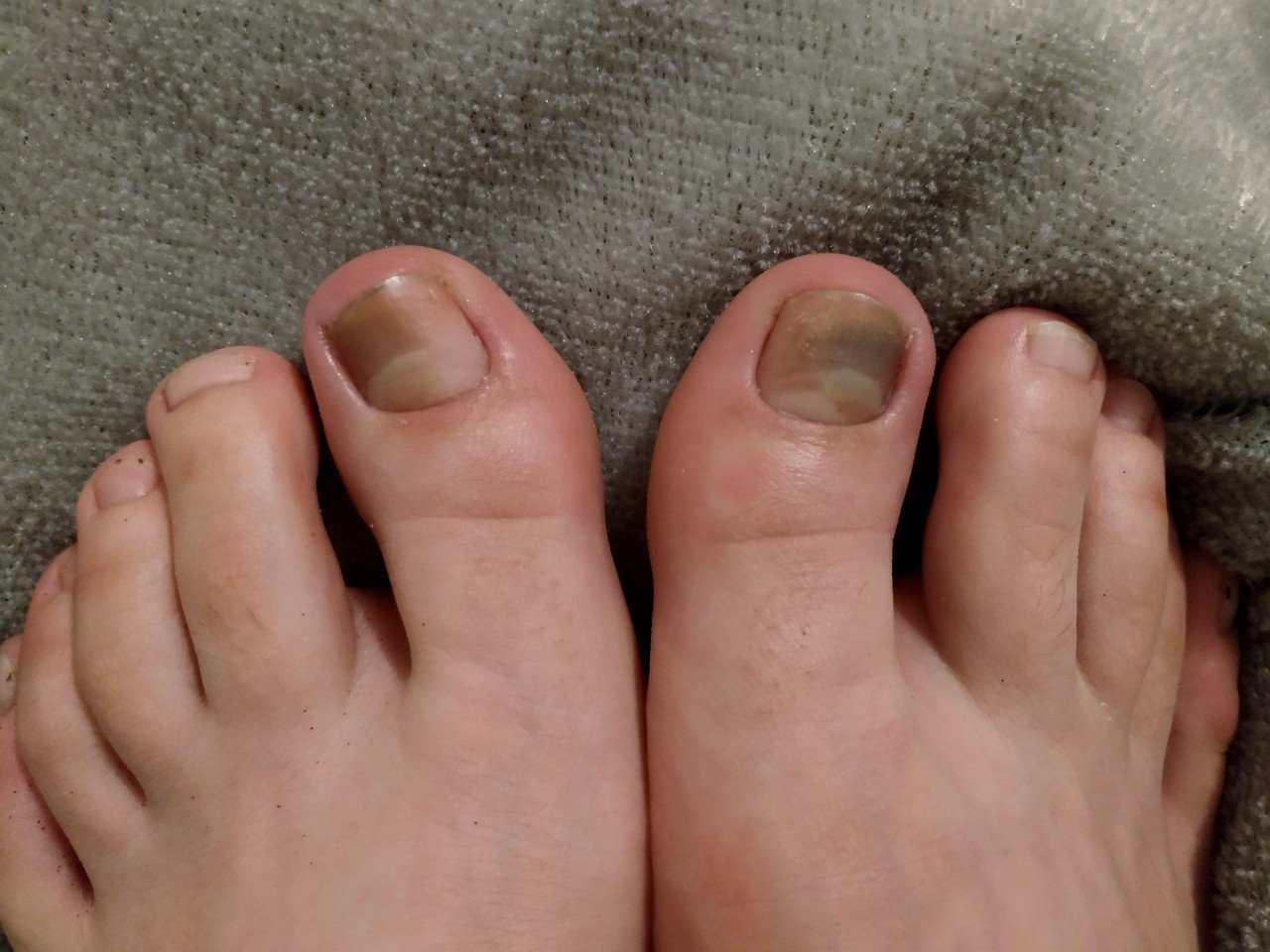
Melanoma, a type of skin cancer, can be deadly. It may also look very similar to tinea nigra in the early stages. Similarly to tinea nigra, melanoma is not typically painful at first. Therefore, people who do not get relief from home or medical treatment should see a dermatologist and request a biopsy.
Some other medical conditions and factors that may cause brown patches include:
- skin staining from henna
- skin hyperpigmentation from pregnancy or Addison’s disease
- complications of syphilis
- exposure to certain chemicals, such as silver nitrate
Tinea nigra is not a serious medical condition. Most people do not notice any symptoms other than brown spots on the skin.
However, as tinea nigra looks similar to several other conditions, it is important to see a doctor for an accurate diagnosis.
Prompt treatment can prevent serious skin-related conditions from getting worse.
Not Found (#404)
Paracelsus Medical Center
Page not found.
The above error occurred while the Web server was processing your request.
Please contact us if you think this is a server error. thank you.
Leave feedback
Write to management
Jobs
Please wait, download may take time
Loading…
You know which doctor you want to book
You know the service you want to book
Service selection
A second consultation is considered to be a consultation of one specialist within 30 days from the date of the previous appointment. On the 31st day from the previous visit to a specialist of this profile, the consultation will be primary.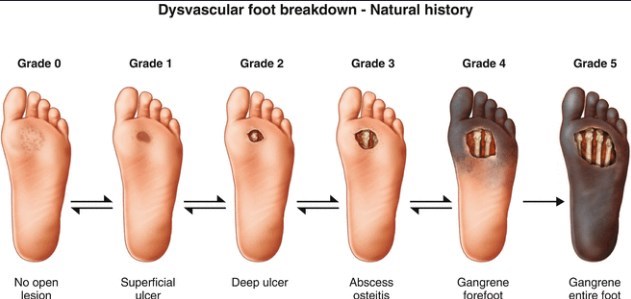
The choice of a specialist
Service selected:
Choosing a specialist service
A second consultation is considered to be a consultation of one specialist within 30 days from the date of the previous appointment. On the 31st day from the previous visit to a specialist of this profile, the consultation will be primary.
Address selection:
st. Vikulova, 33, building 2
st.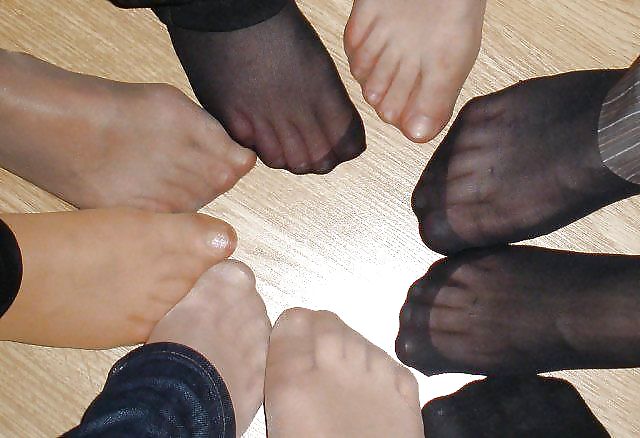 Bolshakova, d. 68
Bolshakova, d. 68
Date selection:
Time of receipt:
Password
Password
Register
Can’t login?
account activation
To gain access to your personal account, enter the e-mail that was specified during registration, we will send instructions for password recovery
To gain access to your personal account, enter the e-mail that was specified during registration, we will send instructions for reactivating your account
Your application has been accepted, our specialists will answer your question as soon as possible!
Telephone
Commentary
By clicking on the confirmation button, I agree with
personal data processing policy
Dear patients!
Multidisciplinary Clinic and Maternity Hospital “Paracelsus” informs you, according to the Letter of the Ministry of Finance of the Russian Federation to the Federal Tax Service dated March 25, 2022. N BS-4-11 / 3605, that subparagraph 3 of paragraph 1 of Article 219 of the Tax Code of the Russian Federation provides for the taxpayer’s right to receive a social tax deduction in the amount paid by him in the tax period for medical services provided by medical organizations engaged in medical activities , him, his spouse, parents, children (including adopted children) under the age of 18, wards under the age of 18 (in accordance with the list of medical services approved by the Government of the Russian Federation).
N BS-4-11 / 3605, that subparagraph 3 of paragraph 1 of Article 219 of the Tax Code of the Russian Federation provides for the taxpayer’s right to receive a social tax deduction in the amount paid by him in the tax period for medical services provided by medical organizations engaged in medical activities , him, his spouse, parents, children (including adopted children) under the age of 18, wards under the age of 18 (in accordance with the list of medical services approved by the Government of the Russian Federation).
Joint order of the Ministry of Taxation of Russia and the Ministry of Health of Russia of July 25, 2001 N 289 / BG-3-04 / 256 (hereinafter – the order of July 25, 2001) approved the form of the Certificate of payment for medical services for submission to the tax authorities of the Russian Federation (hereinafter – the Certificate payment for medical services).
This certificate certifies the fact of receiving a medical service and its payment through the cash desk of a healthcare institution at the expense of the taxpayer.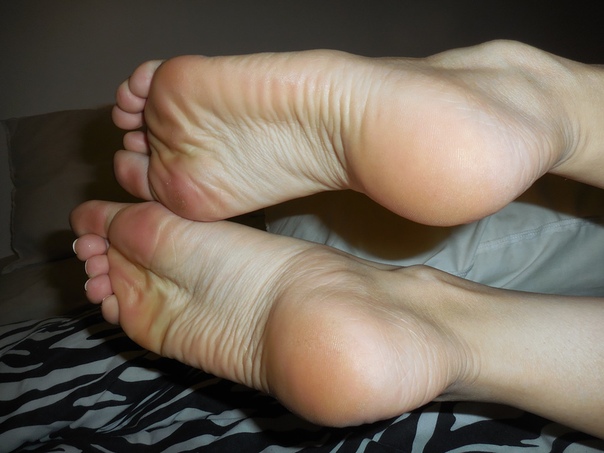
Thus, if the taxpayer submits to the tax authority a Certificate of payment for medical services, the taxpayer’s failure to submit the relevant contract for the provision of medical services and (or) documents confirming payment cannot be grounds for refusing to provide such a deduction.
The amounts are based on payment data. Therefore, checks, an agreement and a clinic license are not needed to make a deduction.
Sample certificate attached.
Help Sample
Your application has been accepted, our specialists will contact you shortly!
Telephone
Comment
By clicking on the confirmation button, I agree with
personal data processing policy
Deputy Director for Medical Activities of the Multidisciplinary Clinic “Paracelsus”
Makeev Alexander Anatolyevich
Telephone
Comment
By clicking on the confirmation button, I agree with
personal data processing policy
Black lichen, a description of the disease on the portal Medihost.
 ru
ru
Black lichen is a fungal skin infection, an infectious disease that is characterized by the appearance of specific black spots on the skin of a certain localization. Usually, black lichen affects the surfaces of the palms and feet.
Dark spots that appear on the palms and soles of the feet do not cause any discomfort to the patient. Sometimes spots appear on other parts of the body.
Etiology and pathogenesis
Black lichen occurs as a result of penetration into the body of certain mold fungi – Stenella arguata, Cladosporium, Exophiala wemeckii.
The predominant localization of these types of fungi is the USA, Africa, Asia, Central and South America, therefore, the disease itself is more typical for this area.
In the environment, the fungus can be found in soil, wood from fallen trees, compost, and also in sewage. Fungi penetrate through microdamages in the skin.
These fungi are characterized by damage to smooth skin, that is, devoid of hair and sebaceous glands. Of course, cases of skin lesions on the body in atypical places are not excluded, but such cases are very rare.
Of course, cases of skin lesions on the body in atypical places are not excluded, but such cases are very rare.
Predisposing factors and causes of black lichen development
- Endemicity. Individuals living in endemic areas are more at risk than others. Persons in non-endemic zones become infected with a similar disease most often during tourism to tropical and subtropical countries.
- Comorbidities affecting the skin.
Symptoms of black lichen
The main manifestation of the disease is the appearance of spots of various sizes and shapes on the skin of the palms and soles. The spots acquire a characteristic color – from dark brown to pronounced black.
The heel is absolutely painless, does not cause any discomfort, except for a visual non-aesthetic defect. Rashes are located on all surfaces of the palms, between the fingers, on the hands and feet. Usually, at first, small elements tend to increase and merge into large spots, reaching a diameter of up to several centimeters.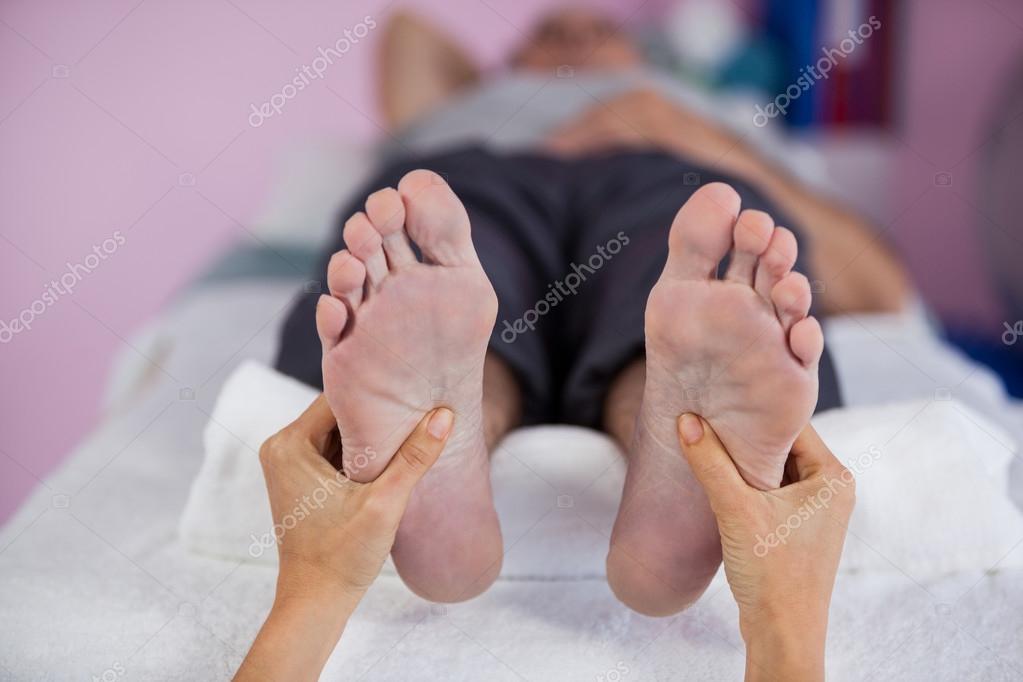
Lesions can be both unilateral and bilateral, as well as simultaneous lesions of the soles and palms.
Despite the fact that the disease seems harmless, its contagiousness is quite high. The incubation period for black lichen is up to 7 weeks, but on average lasts no more than two weeks.
Most stains have jagged, scalloped edges. Extensive spots can still cause slight discomfort in the form of itching, often the spots are covered with scaly scales.
In some cases, the patient may mistake black lichen as melanoma (skin cancer) and seek advice from an oncologist.
Diagnosis of black lichen
The physician should perform a visual examination. Large spots, as a rule, have a greater color intensity towards the periphery. Also, the doctor should conduct a differential diagnosis with oncological diseases by conducting a cytology of scrapings from altered skin areas.
Black lichen treatment
To successfully cure this disease, you should follow certain rules:
- Thorough disinfection, removal of keratinized layers from the affected areas.


